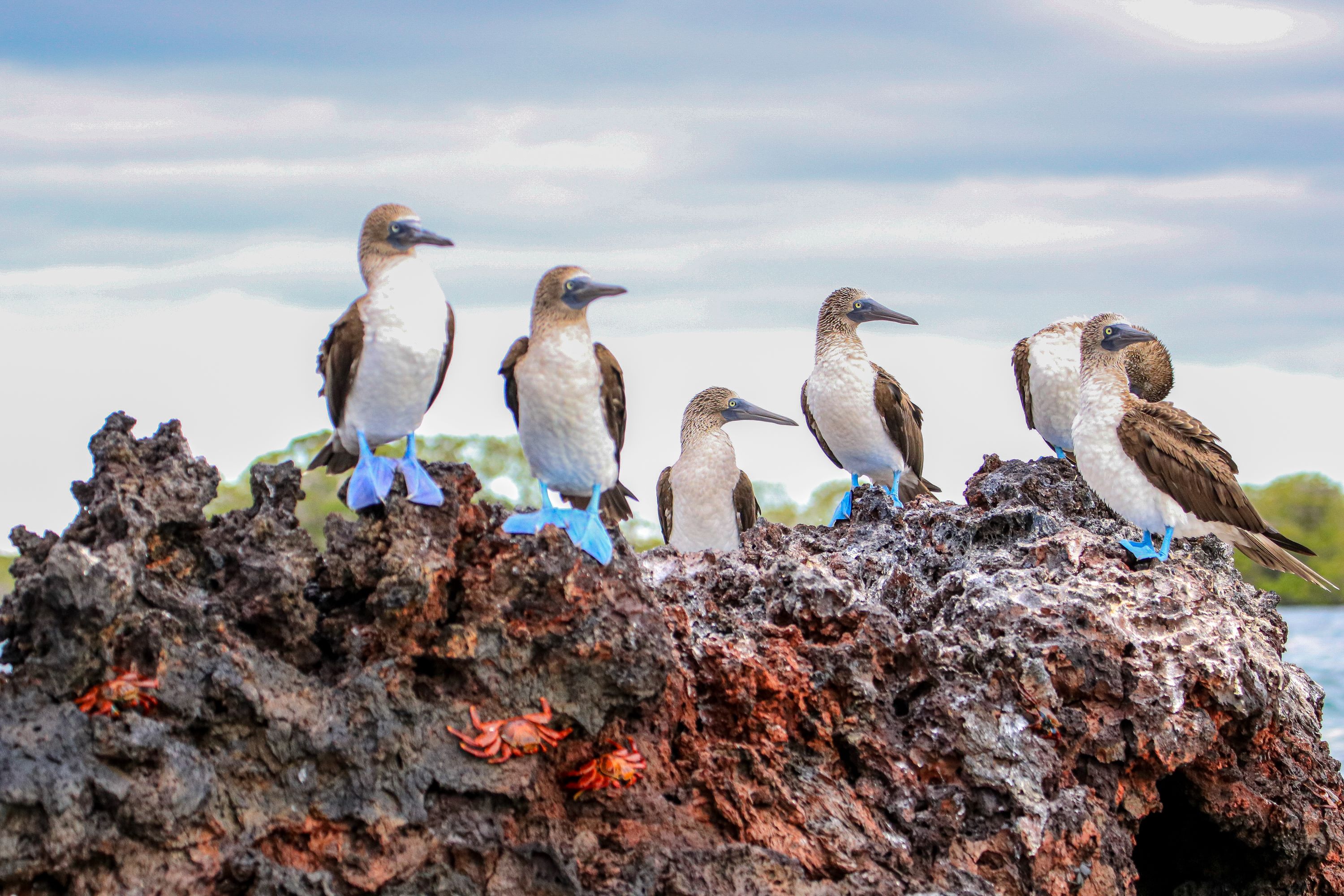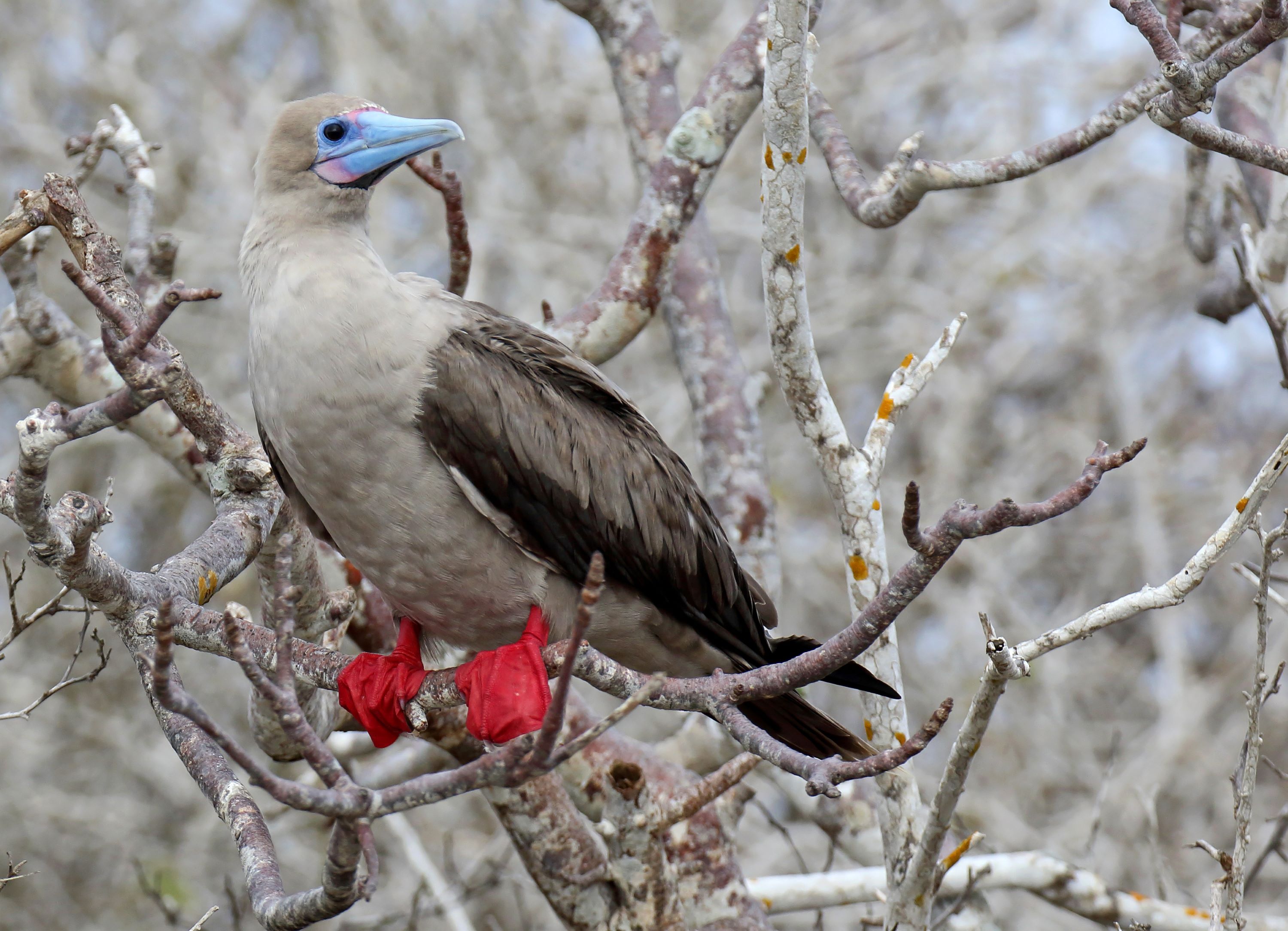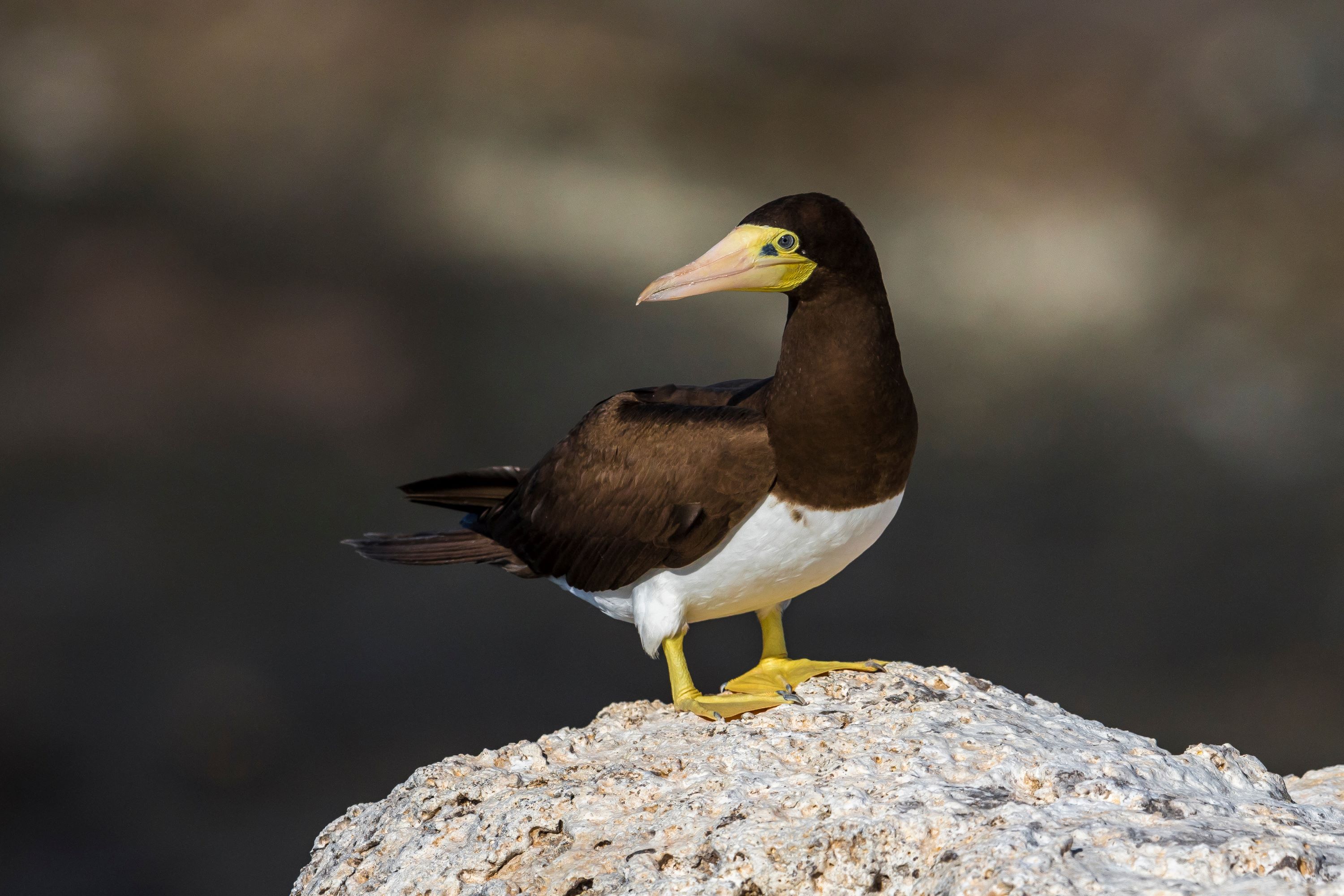
The Genus Sula: An Exploration of the Booby Bird Family
Introduction to Genus Sula
The genus Sula, part of the family Sulidae, encompasses several species commonly known as boobies. These large seabirds are known for their distinctive diving behavior, colorful feet, and unique breeding strategies. Inhabiting tropical and subtropical regions of the world's oceans, the genus Sula represents a group of birds that have fascinated ornithologists and nature lovers alike with their remarkable adaptations to marine life.
Physical Characteristics and Adaptations
Boobies in the genus Sula are characterized by their large size, long wingspans, and stout bodies. They have long, pointed bills and webbed feet, which are often brightly colored and used in courtship displays. Their bodies are aerodynamically adapted for diving, with a streamlined shape that allows them to plunge from great heights into the water to catch fish. These birds are also known for their strong and agile flying capabilities, enabling them to travel long distances over the sea.
Habitat and Distribution
Species within the genus Sula are found predominantly in tropical and subtropical regions, often on remote islands. They are pelagic birds, spending most of their lives at sea and coming to land primarily to breed and rear their young. Each species within the genus has its specific range, with some like the Blue-footed Booby (Sula nebouxii) being iconic to areas like the Galápagos Islands.

Diet and Feeding Behavior
Boobies are primarily piscivorous, feeding on fish and squid. They are renowned for their dramatic plunge-diving technique, spotting prey from high in the air and then diving into the water at high speeds. This hunting method is a testament to their incredible eyesight and precise timing. Group foraging is common, with birds taking advantage of the collective effort to herd fish.
Breeding and Reproductive Behavior
Boobies are known for their complex and varied breeding behaviors. They typically nest in colonies, and their courtship rituals are elaborate, involving visual and auditory displays. Many species display a high degree of mate fidelity, with pairs often remaining together over multiple breeding seasons. Nesting sites vary among species, with some preferring ground nests while others nest in trees or on cliffs.
Egg Laying and Incubation
The females of most species lay one to three eggs, with both parents sharing the responsibility of incubation. Incubation periods vary among species but generally last between 40 to 50 days. The eggs are often laid at intervals, leading to a size hierarchy among the hatched chicks.

Chick Rearing and Parental Investment
Chick rearing is a demanding process, with both parents involved in feeding the young through regurgitation. In some species, such as the Nazca Booby (Sula granti), siblicide is observed, where the older chick may kill its younger sibling. This behavior is thought to be an adaptive strategy to maximize the survival of the fittest offspring in environments where food is scarce.
Social Structure and Behavior
Boobies exhibit a range of social behaviors within their colonies. They communicate through a variety of vocalizations and body language, particularly during courtship and territorial disputes. The social structure within colonies can be complex, with dominance hierarchies often observed.
Conservation Status and Threats
While some species within the genus Sula are not currently considered endangered, they face various environmental threats. These include habitat loss due to human activity, climate change impacting their food sources, and entanglement in fishing gear. Conservation efforts for these birds focus on protecting breeding sites and ensuring sustainable fishing practices to maintain their food supply.
Conclusion: The Fascinating World of Genus Sula
In summary, the genus Sula encompasses a group of seabirds that are as intriguing as they are vital to their marine ecosystems. Their distinctive diving skills, complex social behaviors, and varied breeding strategies make them a fascinating subject for study and conservation. While the genus Sula includes species not native to landlocked regions like Utah, understanding their ecological role and the challenges they face is crucial for a broader appreciation of global biodiversity and the importance of marine conservation.